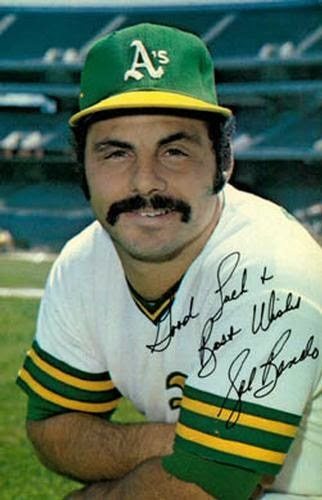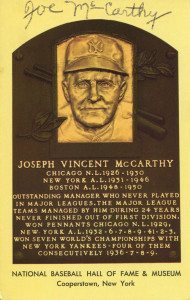 |
| Bay Area photographer McWilliams found many clients on the Oakland roster. |
Ask.
I learned from baseball address pioneer Jack Smalling that he figured one out of seven requests of “if you have a photo of yourself you’d be willing to include for my collection, I’d be grateful” paid off.
And asking is free.
However, players were once so eager to please the public that they’d order their own postcard photos, footing the bill on their own.
A generation later, many retirees exhausted their postcard supply. You’ll see some thrifty former players photocopying their remaining postcard to send.
The postcards are great stories in themselves. Find a checklist online for postcards like J.D. McCarthy or McWilliams. Ask in your letter about the postcard’s history. If you can print out a black and white scan of the card (some will appear on eBay), do it. Even if you don’t get the postcard, you could get a great story.
Speaking of stories, Mr. McWilliams has one. You’d be surprised to know how many Topps cards came from his lens. His photo archive has been donated to the Hall of Fame. And he even did postcards once for ballplayer-turned-Country Western star Charley Pride.

